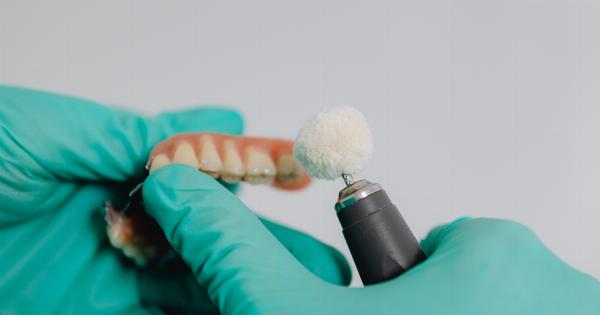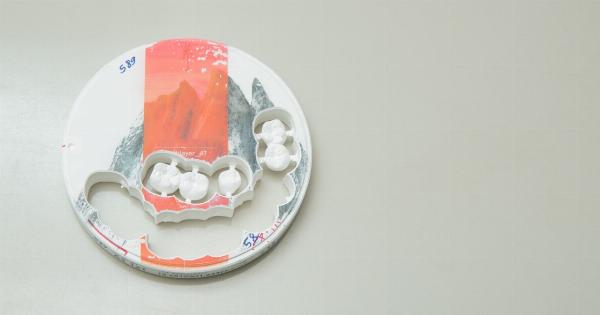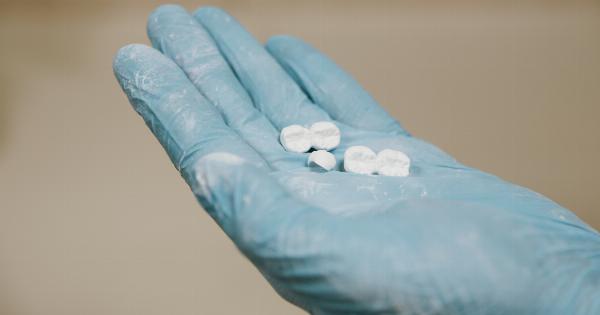Lower jaw rehabilitation has witnessed remarkable advancements in recent years, revolutionizing the field of dentistry and transforming the lives of countless individuals suffering from jaw-related issues.
Through pioneering techniques and innovation, experts have successfully developed groundbreaking treatments to restore functionality, aesthetics, and overall oral health in patients with lower jaw deficiencies or disorders.
1. Dental Implants: The Game Changer
Dental implants have emerged as a game changer in lower jaw rehabilitation, offering a long-lasting and effective solution for individuals with missing teeth.
These small titanium posts are surgically placed into the jawbone, acting as sturdy anchors for artificial teeth or dental crowns.
Unlike traditional dentures, dental implants provide unmatched stability and comfort, enabling patients to consume a regular diet without limitations.
Furthermore, implants stimulate the jawbone, preventing bone loss and preserving the natural structure of the face.
2. Computer-Aided Design and Manufacturing (CAD/CAM)
CAD/CAM technology has revolutionized the planning and fabrication process of rehabilitative dental treatments, including those involving the lower jaw.
This innovative approach utilizes computer software to precisely design and manufacture dental prosthetics tailored to each patient’s unique anatomy.
With CAD/CAM, the fabrication of prosthetic components is highly accurate and efficient, resulting in improved fitting and aesthetics.
This technology has significantly reduced the time required for lower jaw rehabilitation, allowing patients to enjoy functional and beautiful restorations in a shorter period.
3. All-On-4® Treatment Concept
The All-On-4® treatment concept is a groundbreaking procedure that provides complete oral rehabilitation for individuals with extensive tooth loss or severe jaw deficiencies.
This technique allows the placement of a full arch of prosthetic teeth supported by only four strategically positioned implants.
The All-On-4® treatment concept offers numerous benefits, such as reduced surgery time, rapid recovery, and improved long-term stability.
Patients no longer need to rely on removable dentures, as this innovative approach provides a fixed, comfortable, and natural-looking set of teeth.
4. Advanced Bone Grafting Techniques
Bone grafting is an essential component of lower jaw rehabilitation for patients with insufficient bone density to support dental implants.
Recent advancements in bone grafting techniques have allowed for improved pre-implant bone reconstruction, enabling a greater number of individuals to benefit from implant-supported restorations.
Developments in materials and surgical techniques have made bone grafting procedures more predictable, successful, and minimally invasive.
These advancements have opened doors for patients with previously limited options, enabling them to achieve a functional and aesthetically pleasing lower jaw rehabilitation.
5. Virtual Surgical Planning (VSP)
Virtual surgical planning (VSP) is a cutting-edge technology that enables precise preoperative planning for complex lower jaw rehabilitation procedures.
Through the integration of computer imaging, three-dimensional models, and virtual simulations, surgeons can meticulously plan implant placement, bone grafting, and other surgical steps.
VSP not only enhances surgical accuracy but also reduces operating time and associated risks.
By visualizing the patient’s unique anatomy in advance, surgeons can approach lower jaw rehabilitation procedures with greater confidence and achieve optimal results.
6. Osseointegration: A Key to Success
Osseointegration refers to the process by which dental implants fuse with the natural bone, creating a stable and durable foundation for prosthetic teeth.
This biological phenomenon plays a crucial role in the success of lower jaw rehabilitation, as it ensures the long-term stability and functionality of dental implants.
Recent advancements in surface modifications and implant design have further enhanced the osseointegration process.
These innovations promote faster and more predictable bone integration, allowing patients to start enjoying the benefits of their rehabilitated lower jaw sooner.
7. Guided Implant Surgery
Guided implant surgery is a technique that combines digital planning, 3D-printed surgical guides, and real-time navigation during implant placement.
This approach provides exceptional precision and accuracy during the surgical procedure, minimizing the margin of error and maximizing the success of lower jaw rehabilitation.
The use of computer-guided surgery ensures that implants are placed at the ideal positions defined during the planning phase. This results in improved functional outcomes, optimal aesthetics, and reduced postoperative complications.
8. Laser Dentistry: A Minimally Invasive Alternative
Laser dentistry has revolutionized various dental procedures, including those associated with lower jaw rehabilitation. The use of dental lasers offers numerous advantages, such as minimal bleeding, reduced discomfort, and faster healing times.
In lower jaw rehabilitation, lasers are often employed for treatments like gum contouring, tissue grafting, and peri-implantitis management.
Laser technology allows for precise and controlled tissue removal, reducing the risk of complications, and providing patients with an improved experience throughout their rehabilitation journey.
9. Digital Smile Design (DSD)
Digital Smile Design (DSD) is a revolutionary approach that enables digital visualization and planning of a patient’s final smile before any procedures are performed.
By utilizing comprehensive imaging, software, and analysis tools, dentists can design a customized rehabilitation plan that meets the patient’s aesthetic expectations.
With DSD, patients have the opportunity to visualize the potential outcome of their lower jaw rehabilitation, providing them with greater confidence and peace of mind.
This technology allows for a collaborative approach between the patient and dental team, ensuring that the final result aligns with the patient’s desired goals.
10. Improved Aesthetics and Natural-Looking Solutions
Lower jaw rehabilitation not only focuses on restoring functionality but also aims to enhance aesthetics and provide natural-looking solutions.
Advances in dental materials, such as high-quality ceramics and hybrid composites, have significantly improved the appearance of prosthetic teeth, resulting in highly realistic outcomes.
With the ability to mimic the natural shape, color, and translucency of teeth, modern rehabilitative solutions seamlessly blend with existing dentition.
Patients can confidently smile, speak, and eat without feeling self-conscious, ultimately regaining their quality of life and self-esteem.























